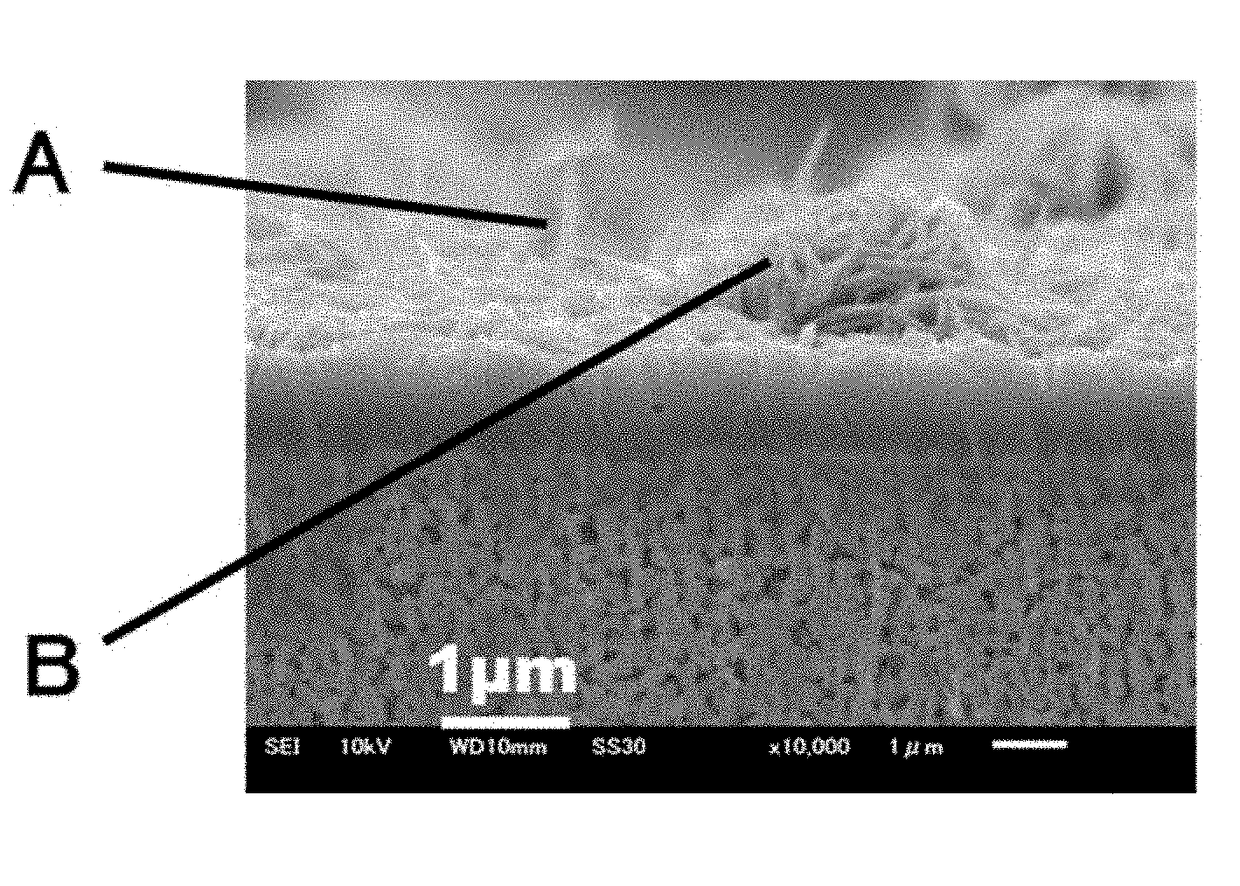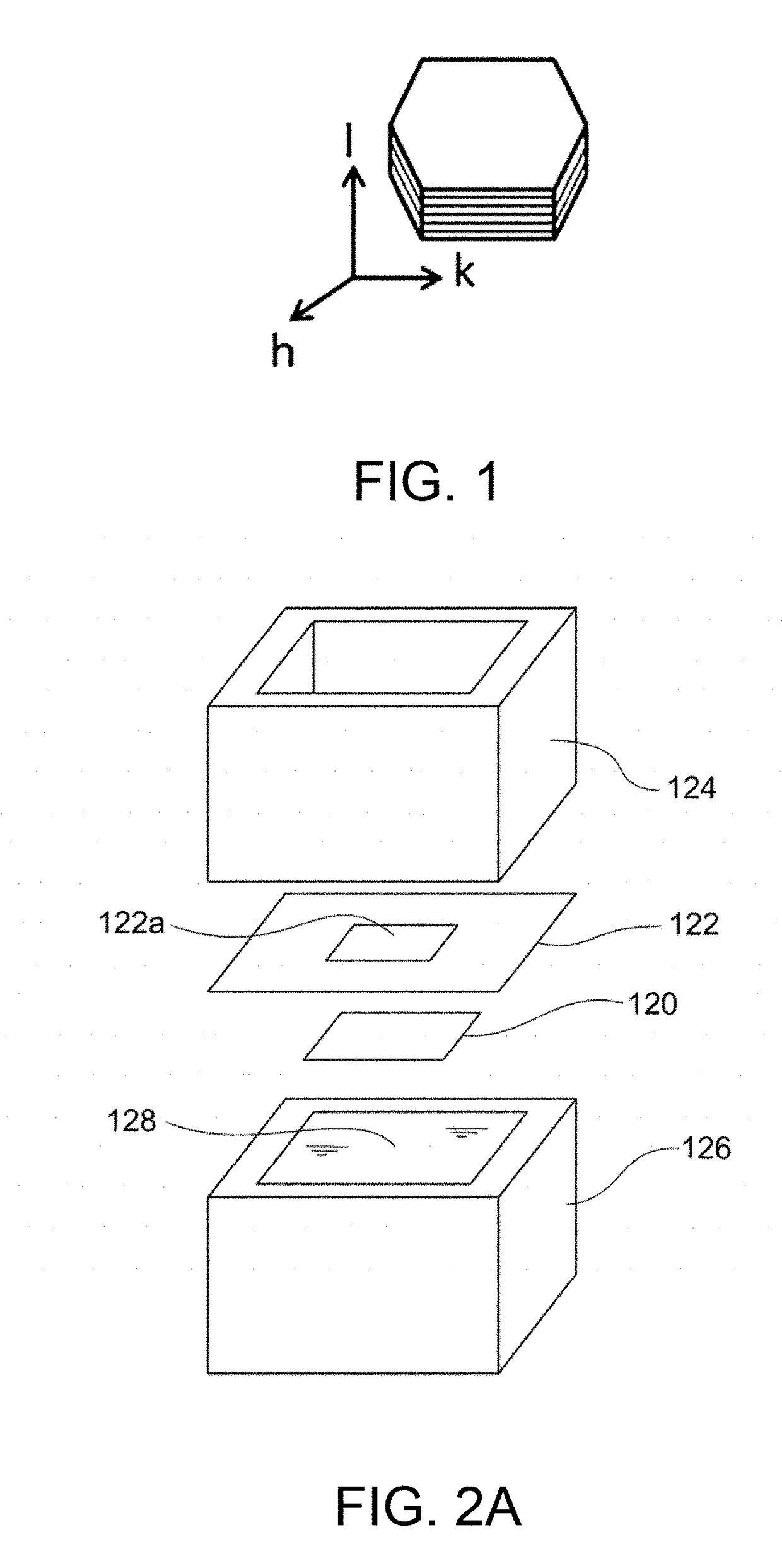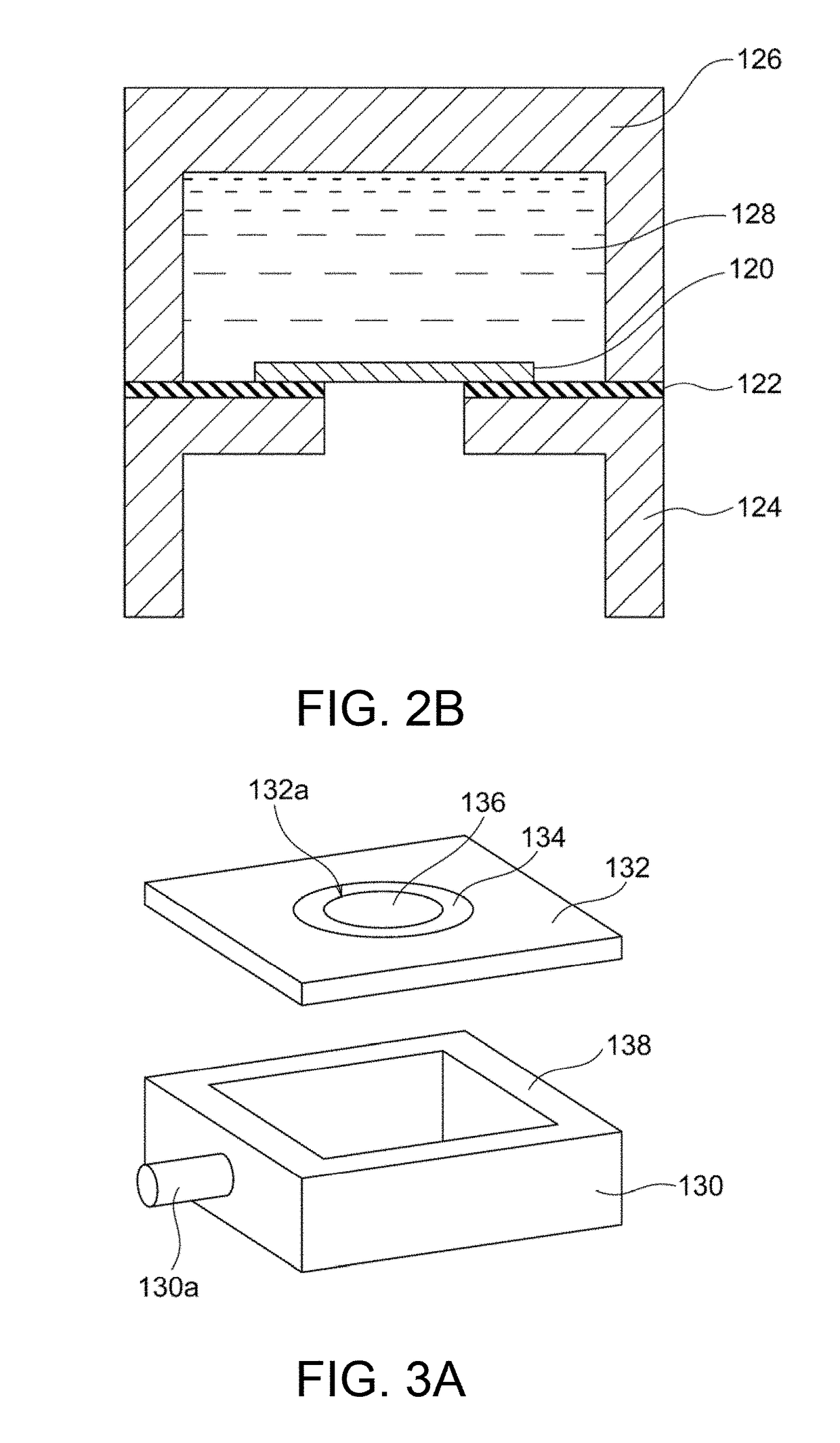Layered double hydroxide film and composite material containing layered double hydroxide
a technology of layered double hydroxide and composite materials, which is applied in the preparation of oxide/hydroxide, fuel and secondary cells, electrical devices, etc., can solve the problems of high resistivity and inadequate ldh dense body, and achieve the effect of reducing interfacial resistance and reducing interfacial resistan
- Summary
- Abstract
- Description
- Claims
- Application Information
AI Technical Summary
Benefits of technology
Problems solved by technology
Method used
Image
Examples
example 1
(1) Preparation of Porous Substrate
[0087]Zirconia (8YSZ) powder (TZ-8YS, Y2O3: 8 mol %, manufactured by Tosoh Corporation), methyl cellulose, and ion-exchange water were weighed in proportions by mass of 10:1:5, and were then kneaded together. The kneaded product was subjected to extrusion molding with a hand press into a size of 2.5 cm×10 cm×0.5 cm in thickness. The resultant green body was dried at 80° C. for 12 hours and then fired at 1,100° C. for three hours. The resultant product was processed into a zirconia porous substrate having dimensions of 2 cm by 2 cm by 0.3 cm.
[0088]The porosity at the surface of the resultant porous substrate was determined by a method involving image processing. The porosity was 50%. The porosity was determined as follows: 1) a scanning electron microscopic (SEM) image of the surface microstructure of the porous substrate was taken with a scanning electron microscope (SEM; JSM-6610LV, manufactured by JEOL Ltd.) (magnification: 10,000 or more) at an ...
example 2
[0098]An LDH membrane sample was prepared as in Example 1 except that the molar concentration of the total metal ions (i.e., Mg2+ and Al3+) was varied to 0.35 mol / L and urea was added to the solution to achieve a urea / NO3− ratio of 5.5 in the aforementioned procedure (2) (preparation of aqueous stock solution), and the hydrothermal treatment was performed at 70° C. for 12 days in the aforementioned procedure (3) (formation of membrane by hydrothermal treatment).
[0099]The resultant LDH membrane sample was evaluated. The results of evaluations 1 to 4 are described below.
Evaluation 1: The membrane sample was identified as an LDH (hydrotalcite compound) on the basis of the XRD profile.
Evaluation 2: FIGS. 5A and 5B are SEM images of the surface microstructure and cross-sectional microstructure of the membrane sample, respectively. As illustrated in FIGS. 5A and 5B, a dense membrane (i.e., a dense layer) was present in the vicinity of the interface between the LDH membrane and the substra...
PUM
| Property | Measurement | Unit |
|---|---|---|
| height | aaaaa | aaaaa |
| diameter | aaaaa | aaaaa |
| height | aaaaa | aaaaa |
Abstract
Description
Claims
Application Information
 Login to View More
Login to View More - R&D
- Intellectual Property
- Life Sciences
- Materials
- Tech Scout
- Unparalleled Data Quality
- Higher Quality Content
- 60% Fewer Hallucinations
Browse by: Latest US Patents, China's latest patents, Technical Efficacy Thesaurus, Application Domain, Technology Topic, Popular Technical Reports.
© 2025 PatSnap. All rights reserved.Legal|Privacy policy|Modern Slavery Act Transparency Statement|Sitemap|About US| Contact US: help@patsnap.com



